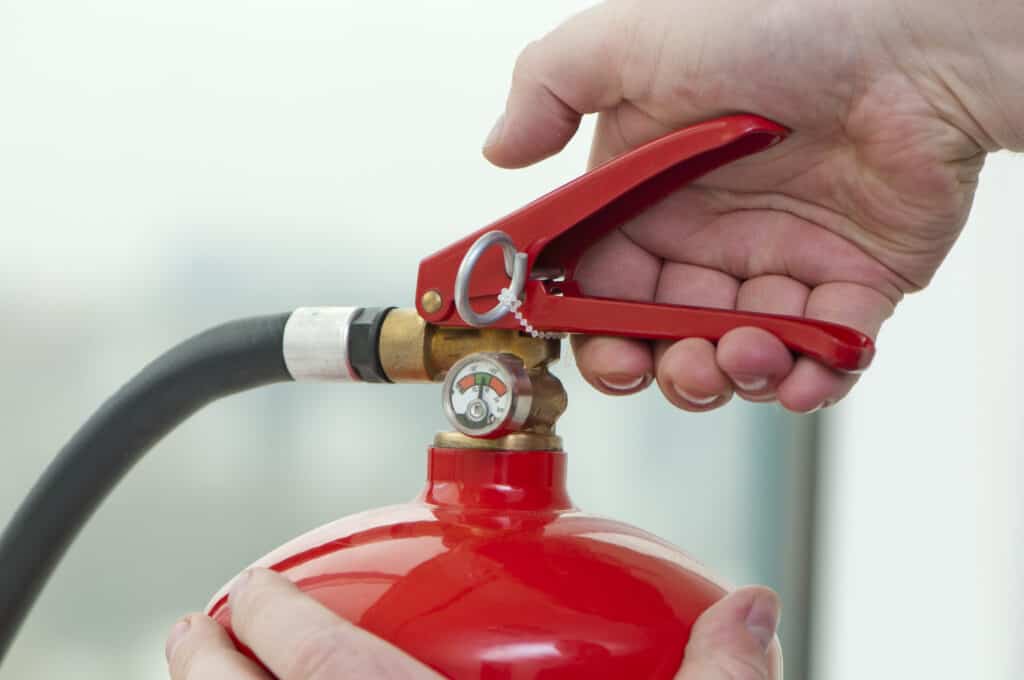Ensuring Comprehensive Fire Safety in UK Workplaces: A Guide
The Imperative of Fire Safety in the Workplace
The Necessity of an Up-to-Date Fire Emergency Plan
In the UK, having a current and well-prepared fire emergency plan is not just a recommendation but a crucial requirement. This plan must be grounded in a thorough and regularly updated fire risk assessment. Despite its importance, many businesses inadvertently let this critical aspect lapse.
Regular Fire Risk Assessments: A Must for Safety
Assessing the Current State of Fire Safety
The first question to ask is when your premises last underwent a fire risk assessment. Changes such as new hires, furniture, or equipment can impact emergency routes, making them less accessible or more hazardous. An outdated fire risk assessment can lead to significant safety risks and potential legal issues during Fire Safety Inspections.
Frequency of Fire Risk Assessments
It’s professionally advised to update your fire risk assessment annually. Even without deliberate changes, natural deterioration of buildings can introduce new hazards. Additionally, any significant alterations to the premises should prompt an immediate reassessment.
Crafting a Professional Fire Emergency Plan
Components of an Effective Fire Safety Plan
Once your assessment is complete, it’s essential to develop a comprehensive fire safety plan. This plan should detail procedures for detecting and responding to a fire, identifying and maintaining escape routes, assigning roles for ensuring these routes remain clear, and establishing protocols for roll calls and evacuations.
Ensuring Your Plan is Up-to-Date
If there’s any doubt about the completeness or currency of your fire safety plan, it’s crucial to address these concerns promptly. A dated or incomplete plan can leave staff and visitors vulnerable in the event of a fire.
The Role of Employers and Employees in Fire Safety
Employer Responsibilities
Employers must ensure that fire risk assessments are conducted regularly and that fire safety plans are comprehensive and current. They should also provide training to employees on fire safety procedures and ensure that all safety equipment is accessible and in working order.
Employee Participation
Employees play a vital role in fire safety. They should be familiar with the fire safety plan, understand their role in an emergency, and be vigilant in maintaining a safe environment. Regular drills and training sessions can help reinforce this knowledge.
Conclusion: A Culture of Safety and Preparedness
Fire safety in the workplace is a continuous commitment. It requires regular assessments, up-to-date plans, and the active participation of everyone in the organisation. By fostering a culture of safety and preparedness, businesses can ensure the well-being of their staff and visitors, while complying with UK fire safety regulations.

